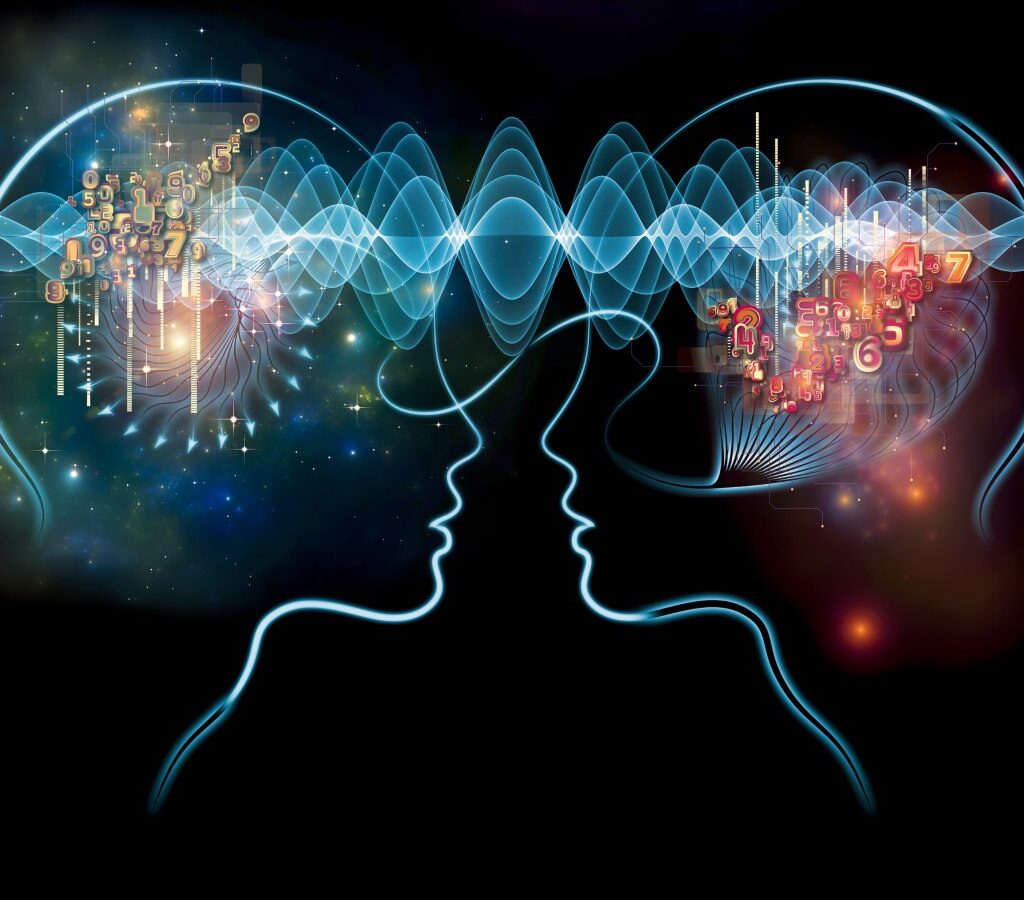Have you ever wondered what happens after death? Quantum theory might have the answer. Discover how consciousness might persist beyond physical death and delve into the fascinating testimonies of those who have experienced life after death.
Life After Death: A Quantum Enigma
While many consider near-death experiences (NDEs) to be neurological anomalies, some scientists believe that quantum theory could offer an explanation.
From this perspective, it is possible that some aspect of consciousness escapes the death of the physical body. A prominent case is that of Harvard physician Eben Alexander, whose near-death experience led him to believe in the existence of consciousness beyond the body.
Alexander, who was plunged into a deep coma, describes traveling to another dimension of the universe. This experience convinced him of the persistence of consciousness after death, despite his previous skepticism.
The Universe Described by Alexander
In his account, Alexander describes a vast universe, filled with pink clouds against a deep blue sky. He mentions the presence of transparent, luminous beings and a travel companion who communicated without speaking.
According to Alexander, this vision is proof of eternal life, detailed in his book Proof of Heaven: A Neurosurgeon’s Journey into the Afterlife.
Alexander’s claims have sparked intense debate, especially in the United States, following the publication of excerpts from his book in Newsweek magazine.
Before this experience, Alexander did not believe in life after death, but now he asserts he has irrefutable proof of its existence.
Open Debate on Near-Death Experiences
Alexander’s account has sparked a debate on whether a personal experience can be considered scientific proof.
Psychiatrist and philosopher Raymond Moody, an expert in near-death experiences, supports Alexander’s claims, considering him living proof of the existence of life after death. However, this stance is not universally accepted in the scientific community.
Before Alexander, anesthesiologist and neuroscientist Stuart Hameroff had already proposed a quantum theory of life after death. According to Hameroff, consciousness is based on microtubules within the brain, acting as quantum-level processing nodes.
The Experience of Self-Consciousness
Hameroff suggests that consciousness is a quantum phenomenon, composed of the same substance as the universe. Under normal conditions, consciousness occurs at the fundamental level of space-time geometry, confined to the brain.
However, when quantum coherence is lost, quantum information filters into the universe’s space-time geometry. This information does not dissipate, allowing consciousness or memory to persist in a more abstract form.
According to this theory, upon death, our consciousness could return to the universe, feeding into a sort of cosmic library. Deep down, our being merges with the universe, suggesting a continuous connection with the whole.
Near-Death Experiences and Quantum Consciousness
Near-death experiences (NDEs) have been reported by people from various cultures and beliefs, describing mystical visions, sensations of peace and encounters with luminous beings.
These experiences have led some scientists to investigate whether there is a scientific basis for these visions. Quantum theory has become a potential framework for explaining these phenomena, suggesting that consciousness might be beyond brain function.
The concept of “quantum consciousness” proposes that consciousness is not merely a product of neurochemical processes in the brain but is deeply connected to the fundamental laws of the universe.
According to this theory, microtubules in neurons could be the conduits of quantum processes, allowing consciousness to transcend the physical body.
Scientific Evidence of Life After Death According to Eben Alexander
The case of Eben Alexander has been one of the most studied and debated in the field of NDEs. Alexander, a neurosurgeon with solid credentials, experienced an NDE during a deep coma induced by bacterial meningitis.
His description of a journey to another dimension, where he encountered a landscape full of beauty and angelic beings, has been considered by some as evidence of life after death.
Alexander maintains that his experience cannot be explained by hallucinations or dreams induced by brain activity, as his brain was practically inactive during the coma.
His testimony has sparked the interest of the scientific community and the general public, encouraging further research on the possibility that consciousness persists beyond physical death.
Quantum Theory and Its Relationship with Consciousness
Quantum theory has revolutionized our understanding of the universe, revealing that at a fundamental level, subatomic particles do not follow the same rules as macroscopic objects.
In this context, some scientists, such as Stuart Hameroff and Roger Penrose, have explored the idea that consciousness may be based on quantum principles.
Hameroff and Penrose propose that microtubules in brain neurons could act as conductors of quantum processes. This theory suggests that consciousness is not merely a series of chemical and electrical reactions but a phenomenon that can interact with the quantum laws of the universe.
If consciousness is linked to quantum mechanics, it could exist independently of the physical body.
Quantum Consciousness and the Structure of the Universe
The theory of quantum consciousness proposes that our consciousness is part of the universe’s fundamental structure. According to this perspective, consciousness may have existed since the beginning of time, intertwined with the geometry of space-time.
This implies that, upon death, the quantum information that composes our consciousness is not destroyed but reintegrates into the universe.
Hameroff suggests that under normal conditions, consciousness remains within the brain, but when quantum coherence is interrupted, quantum information disperses into the space-time structure.
This could explain why some people experience visions and sensations of continuity after clinical death, as in near-death experiences.
Criticism and Controversies
Despite the enthusiasm surrounding the quantum theory of consciousness and near-death experiences, these ideas are not without criticism and controversy.
Many scientists and philosophers argue that current evidence is insufficient to validate these theories. They maintain that NDEs can be explained by known neurological processes, such as cerebral anoxia, the release of endorphins and other physiological responses to trauma.
Moreover, the idea that consciousness can exist independently of the brain challenges traditional conceptions of neuroscience. Most scientists believe that consciousness is an emergent product of complex brain activity and that any explanation involving quantum phenomena must be rigorously tested.
Empirical Evidence and Future Studies
To advance in this area, empirical studies that can provide more solid evidence are needed. This includes research on microtubules and their role in consciousness, as well as studies that can capture any form of quantum information that persists after death. Advances in brain imaging technology and quantum physics could facilitate these studies.
Researchers like Stuart Hameroff continue to explore these ideas, proposing new experiments and collaborating with quantum physicists to develop more precise models.
While there is much to learn, research in this area could lead to discoveries that not only expand our understanding of consciousness but also offer new perspectives on life and death.
Life After Death: Conclusions and Future Perspectives
The quantum theory of consciousness and near-death experiences offers a fascinating perspective on the possibility of life after death.
Although these ideas are still debated and require more empirical research, they raise fundamental questions about the nature of consciousness and its relationship with the universe.
Cases like Eben Alexander provide compelling testimonies that drive the scientific community to explore these theories further.
The field of study on quantum consciousness and near-death experiences is constantly evolving, with new discoveries and debates emerging continuously.
As technology advances and our understanding of quantum physics deepens, we may be on the threshold of a new paradigm in the science of consciousness.
The possibility that our consciousness transcends physical death offers comfort to many and poses the exciting prospect that we are part of a much larger and more connected universe than we have imagined.
Meanwhile, research continues, challenging our perceptions and pushing the boundaries of our knowledge about life and death.
Cover image courtesy of Depositphotos.com




